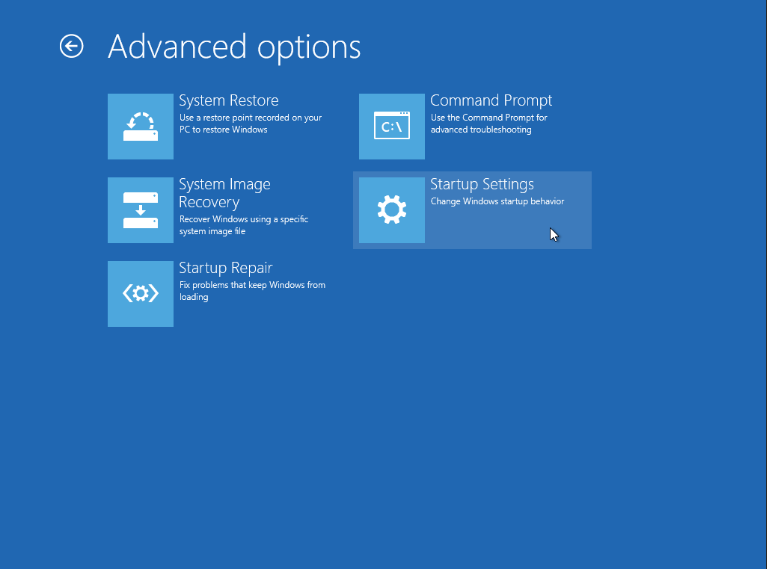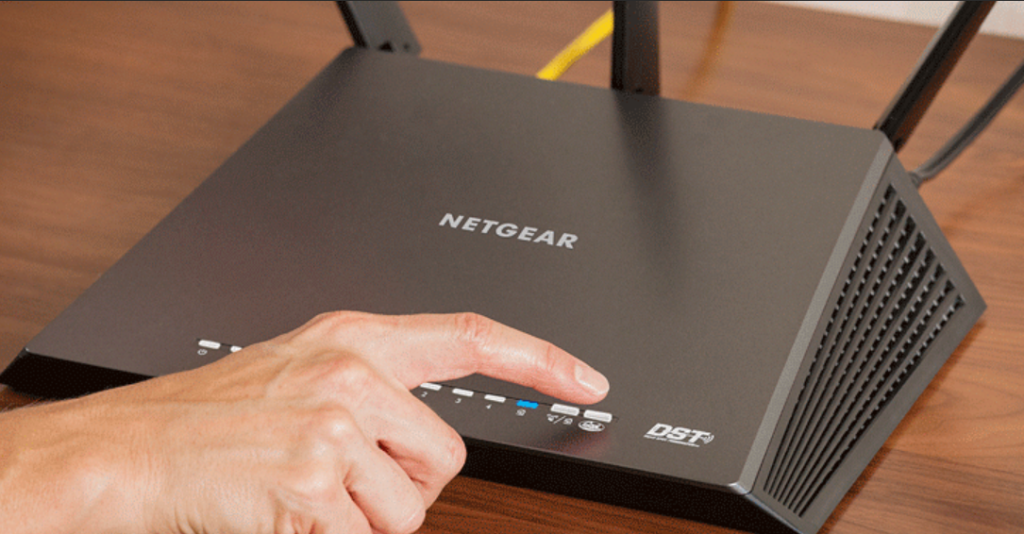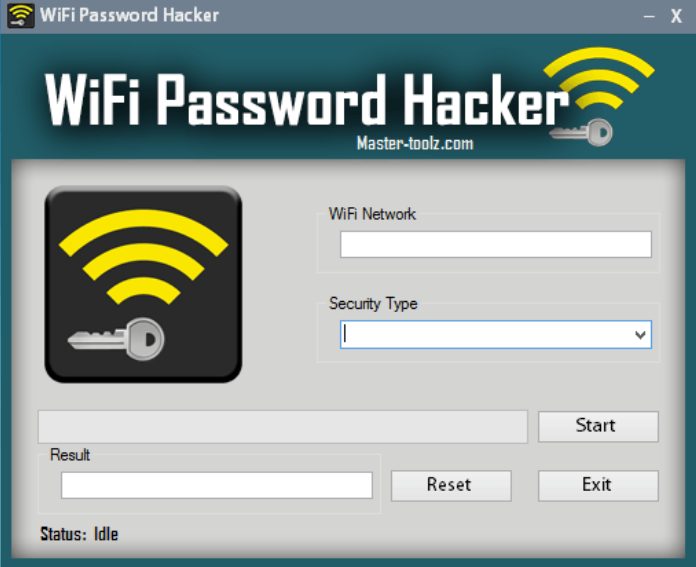Welcome to the world of technology, Can your home network be hacked?
The short answer? Yes, it’s absolutely possible for your home network to get hacked. as your home network is naturally vulnerable and There are a couple of ways hackers can gain access to your network. If you somehow have also been a target of the hackers, you must approach a reliable cyber security expert like BITS.
One common method is to guess the password. A hacker can easily find the default password associated with the router, this could lead to access to many countless devices. Hackers can also exploit security flaws in the router’s firmware. Since firmware is updated so infrequently, hackers have ample time to discover and exploit security flaws before they’re patched. Infrequent firmware updates leave 83% of home Wi-Fi routers vulnerable to attack, according to a study by The American Consumer Institute (ACI).
The responsibility falls on you, the end user, we should keep an eye out for signs of suspicious activity and figure out what to do if your network is hacked. To secure your home computer well, you are suggested to contact your local computer expert like “Computer Repair Onsite”.

How do you know if your home network has been hacked?
Your network has an unusual spike in activity
When a hacker get into the network and reduce your bandwidth. This can lead to your internet connection becoming unusually slow.
Your firewalls have been mysteriously uninstalled
Hacker to make it safe, they disable firewalls and uninstall malware software’s. because firewall is your network’s first line of defense against would-be intruders and make it easier for them in the future.
Your computer starts operating on its own
You can see that the cursor moving without having control, this is because a third party got the access to your computer remotely.
Once a hacker has access to your computer, they also have access to all of your data, including sensitive documents, emails and images. They can also install new software on your computer and uninstall security measures like your antivirus and firewall.
Your web browser’s default home page changes
If your default browser changes suddenly or redirects you to an unfamiliar page, then your home network has probably been hacked. Usually, this type of activity is caused by a browser redirect virus. Be especially careful with browser redirects, since attackers may send you to a spoof website where they will try to harvest personal or financial information.
You’re asked to give access to a program
It’s normal for legitimate programs to request access to our network from time to time, but if you notice an unknown program making that request, that’s cause for alarm.
How to detect hackers on your network
Hackers like to use stealth to operate undetected for as long as possible. Fortunately, there are ways you can check to see if someone is hijacking your network.
The first thing you can do is check out what devices are connected to your network. You can do this right from your computer. All you have to do is type your router’s IP address into your browser’s URL bar. If you’re unsure of the router’s IP address, that’s OK; it’s usually printed right on the router.
Once you’re logged in, you can take a look at what devices are associated with your network. Usually, this is located in a section called Device List or Attached Devices. Identifying devices is easy when they’re named, like “Christine’s Laptop,” but keep in mind that some devices will only appear as their IP addresses. This will take a little more detective work to match up your device’s IP addresses with the ones listed. If any of the IP addresses don’t match up, that means they’re being used by an intruder.
What to do if your network is hacked
If your network has been hacked, don’t panic — there are steps you can take to mitigate the damage and shut out the hackers. Take a look at these steps for how to stop hackers in your home network.(contact nearest Benchmark IT Services)

Reset your router
When the VPNFilter malware gained infamy in 2018, the FBI recommended a router reboot as the best way to get rid of the virus. Every wireless router comes with a reset button that restores the router to its default settings. When you hit the reset button, it will disrupt anyone lurking in your network.
Keep in mind that resetting your router is not the same as power flushing it. When your router boots up after resetting it, be prepared to reconfigure your network settings.
Change your wireless network password
Your network should be protected by a strong, unique password. If your network isn’t password-protected, you should add one immediately as an extra layer of protection. If your network was password-protected prior to being hacked, you should reset the password to make it more difficult for intruders to re-establish access to your network.
Deactivate remote administration
Remote administration is a setting on your router that permits someone to access your system from a far-away location. While the setting can be useful in some legitimate scenarios, it can also be abused by hackers. There are red flags that a hacker has gained remote access to your computer, such as when your cursor moves on its own or programs seem to install themselves all on their own. Deactivating remote administration will no longer allow hackers to abuse that feature to access your network.
Run a virus scan on your devices
There are multiple ways to hack a home network, and one of them is via malware. Certain viruses, like a keylogger, record everything you type on your keyboard, including your usernames and passwords. Running a virus scan should detect and remove any malicious software lingering around on your computer.
Update your router’s firmware
Routers are built with network security in mind, but that doesn’t mean exploits and vulnerabilities are impossible. If a hacker exploited a vulnerability in the router’s firmware to gain access to your network, then a software update could patch up the hole and secure your device.
Keep in mind that most routers don’t automatically update firmware, so you’ll have to do it manually when a security update becomes available. When it comes down to how to stop hackers, regularly updating your router’s firmware is one of the best things you can do.
How to stop hackers from infiltrating your home network
Once an attacker gains access to your home network, they can do a lot of damage. That’s why it’s critical to prevent attackers from getting into your system in the first place. Here are some tips for home network protection.
Don’t open any unusual links or attachments
Malware is often transmitted via infected files or links. When you click on the link or attachment, the virus will download and install itself on your device. Once installed, it can make changes to your network, like removing firewalls, enabling remote access and spying on your activities.
Run a reliable antivirus program
Keep in mind that antivirus software is not foolproof. It can only detect malware that it’s programmed to recognize, so cutting-edge new viruses will most likely slip past its defenses undetected. You’ll also need to keep up with updates as soon as they come out. This ensures your antivirus’s library of known malware is as up-to-date as possible.
Update your software regularly
Updating your software goes beyond just antivirus. Router firmware updates are a critical part of securing the device. If the router manufacturer discovers the device is susceptible to attackers, then a security update will patch up the vulnerability and prevent future attackers from invading your network.it can be done by expert like Benchmark IT services.
Get the free report now
Keep your home network safe and secure
Thanks to ever-improving communication technology, more and more people are able to work from the comfort of their own homes. Unfortunately, hackers are taking advantage of home networks, which are typically less secure than corporate networks, to steal information and money. If you work from home, it benefits you to know how to detect hackers on your network and what to do if your network is hacked.
.

Wireless Network Hacking
Sniffing
it is a basic hacking method, if are connecting to an unsecured network they will capture the transferred data like passwords and emails, wirelessly. to avoid sniffing, try not to connect unsecured networks.
Spoofing
you all know that our devices are automatically connected to the wireless device, that are already connected earlier. This option is really helpful, but also can lead to an opportunity for malicious activities here. the hacker can create a wireless network with the same network name and much more stronger signal. so our devices automatically connect to this network and can be hacked. to avoid spoofing, try to turn off the automatic connection.
Crackind the Encryption
There are many tools , which is used to break the network password and allow the hacker to gain access to your network . so in order to protect yourself from this attack, you should login to the router using the default IP and WPA2 encryption. if you combine this option with a strong password made of characters and numbers, you will be safe.
To purchase the security software, you can go to the website like X-Tech Buy.

